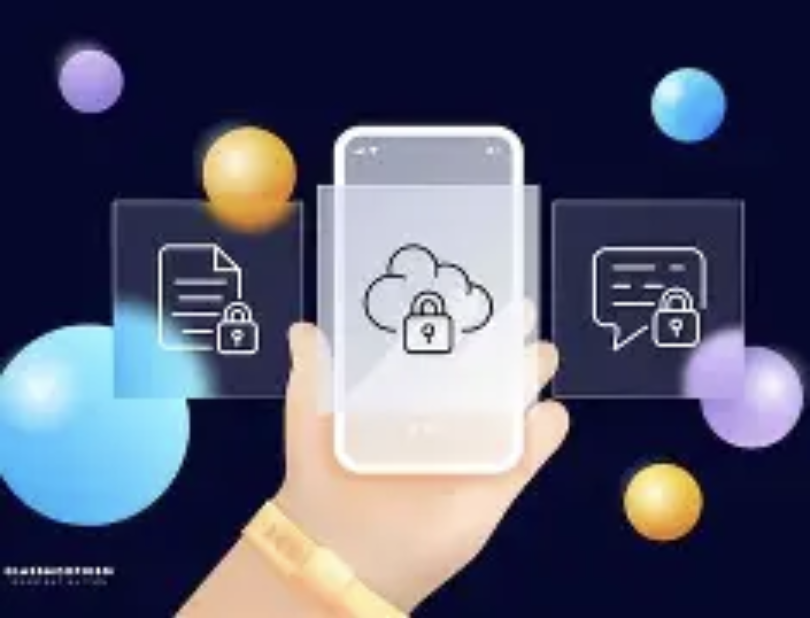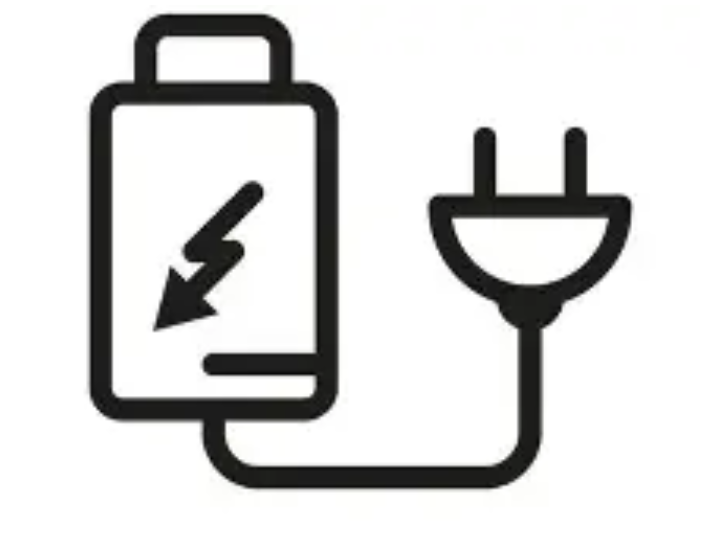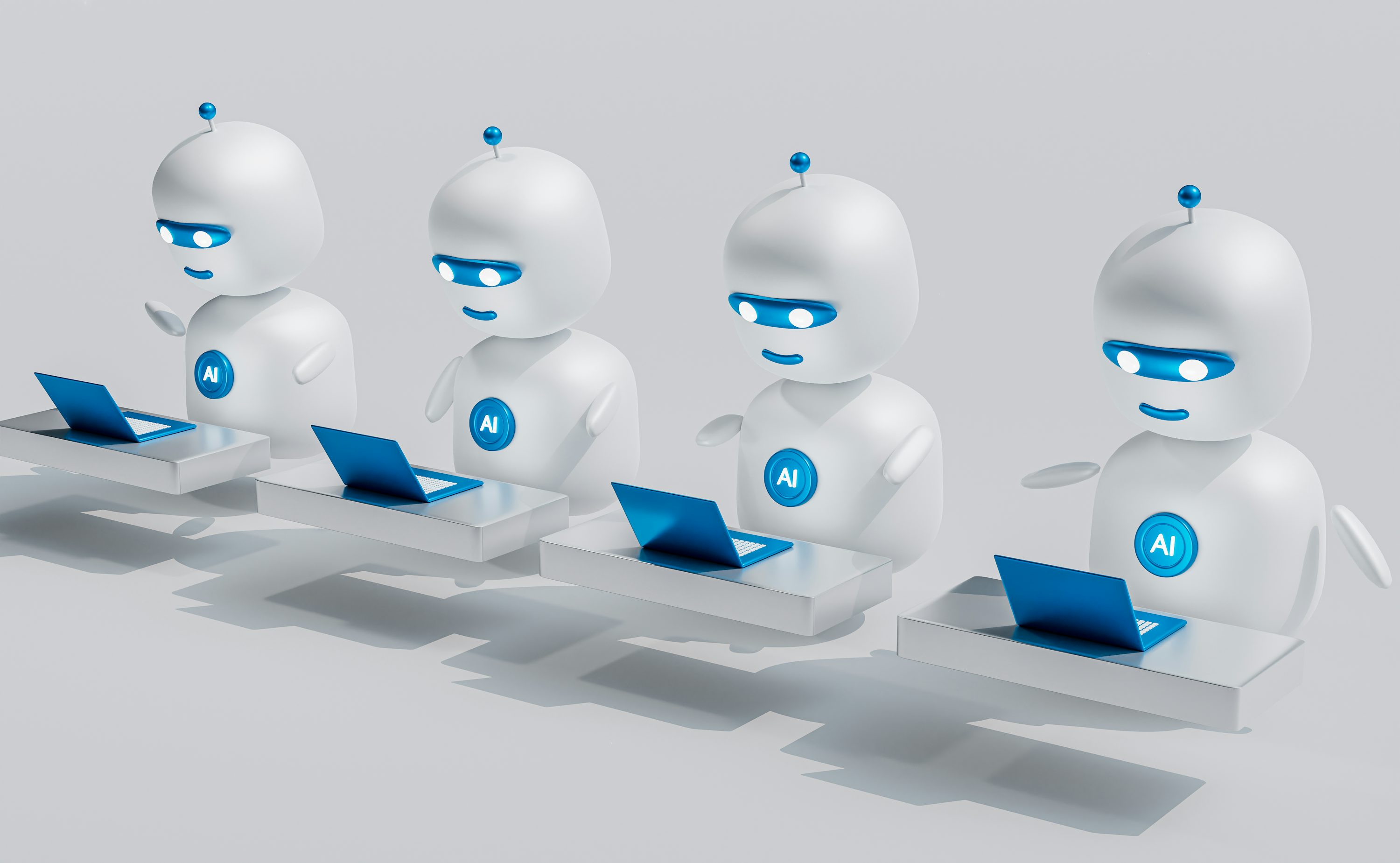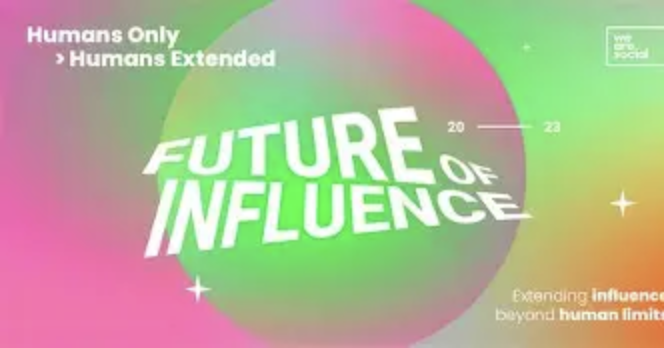For affluent consumers, the decision between choosing an iPhone or Huawei extends beyond mere specifications—it involves selecting a smartphone that complements your lifestyle, technological ecosystem, and future requirements. Both manufacturers provide high-end experiences, yet their advantages are found in different aspects that surpass mere megapixels or battery longevity. As flagship models are unveiled this year, grasping these subtle distinctions will guarantee that your forthcoming phone serves not just as a device, but as a fluid extension of your luxurious existence.

iPhones excel within Apple’s exclusive ecosystem. For those with a Mac, iPad, Apple Watch, and HomePod, the flawless integration through features like AirDrop, Handoff, and Universal Clipboard can save valuable time daily. In contrast, Huawei employs HarmonyOS, which links its smartphones to Windows laptops, smart TVs, and even upscale vehicles such as Audi. For instance, one can manage calls from their Huawei phone using their laptop or project their phone’s display onto their car's infotainment system with ease. Your choice should depend on which ecosystem is predominant in your current technology.
Privacy & Security: Restricted Access vs Independent Management
Apple’s App Tracking Transparency and comprehensive encryption make iPhones highly sought after by users who prioritize privacy. Its Secure Enclave keeps biometric information stored on the device rather than in the cloud. Conversely, Huawei focuses on data sovereignty—its devices are favored in areas where users opt for local data management, and HarmonyOS employs decentralized security to separate app information. For international travelers wary of data regulations across borders, the iPhone’s well-established privacy protocols offer comfort; for those emphasizing local data governance, Huawei presents a persuasive case.

Battery & Charging: Enduring Performance vs Rapid Charging
iPhones provide all-day battery longevity thanks to well-optimized software— an iPhone 15 Pro can last up to 15 hours before needing a charge and supports 20W fast charging. In contrast, Huawei excels in charging efficiency, as exemplified by the Mate 60 Pro+, which features an 88W wired charging capability that fully charges in just 25 minutes and offers 50W wireless charging. Additionally, it utilizes AI to adapt to your charging patterns, adjusting overnight charging to maintain battery health. For individuals who dislike frequent charging interruptions, Huawei’s rapid charging is transformative; if you appreciate consistent and dependable battery performance, iPhone is the preferred choice.

Software Support: Durability vs Innovative Features
iPhones benefit from over six years of iOS updates, ensuring that a 2024 iPhone will operate the latest software well into 2030. This durability enhances resale value—an iPhone typically retains 40% of its value after three years. Huawei is making strides, currently providing 3-4 years of HarmonyOS updates while introducing new functionalities at a faster pace, such as AI-enhanced photography tools and cross-device teamwork features. For users who maintain their phones for extended periods, the iPhone’s update frequency is unmatched; for enthusiastic early adopters seeking cutting-edge technology, Huawei brings quicker innovations.
The Conclusion: Lifestyle Prioritization Over Specifications
This year's decision regarding which device to choose centers around your everyday habits. If you are deeply integrated into Apple’s ecosystem, value long-term software updates, and seek reliable photography, the iPhone is a prudent, luxurious choice. If you desire swift charging, advanced camera technology, and seamless compatibility with non-Apple devices, Huawei presents an exciting, feature-rich option. For affluent purchasers, both choices are commendable—each offers excellent quality and prestige. The vital aspect is to select the phone that aligns with how you live, work, and interact with your surroundings.



